Client:
The Department of Psychiatry in the University of Colorado School of Medicine, Anschutz Medical Campus.
Overview:
The Department of Psychiatry has undertaken a significant endeavor: crafting and launching a virtual course elucidating the nuances and applications of the American Society of Addiction Medicine (ASAM) Criteria model. This model serves as a pivotal tool for licensed healthcare professionals involved in the assessment, diagnosis, and treatment planning for individuals grappling with substance abuse disorders. While mandated for licensure in Colorado, the widespread adoption and utilization of the ASAM model among providers remain limited. Hence, the primary aim of this course is to furnish practitioners with comprehensive insights and practical scenarios pertaining to the ASAM model, thereby fostering a deeper understanding and confidence in its application within their clinical practices. With a target deadline set for the culmination of this initiative by the end of April 2024, the stage is set for a transformative journey in empowering healthcare professionals with the requisite skills and knowledge to leverage the ASAM model effectively.
Process:
Step 1 - Background research and understanding:

Embarking on this project presented me with a formidable challenge: navigating through a vast sea of medical information and data. The sheer volume of material was overwhelming initially, but I found solace in the partnership with Kacy, a seasoned subject matter expert. Kacy's expertise in the ASAM model proved to be invaluable, guiding me through the intricate details and nuances that comprised this complex framework. Together, we embarked on an immersive journey, delving into countless slides, documents, and forms meticulously crafted to encapsulate the essence of the ASAM model. These initial weeks were characterized by intensive collaboration and diligent study, as we worked tirelessly to establish a solid foundation of understanding essential for effectively integrating the ASAM model into my course.
Gratefully, my collaborative efforts with Kacy bore fruit, as I gradually gained a deeper understanding of the ASAM model and its practical applications. Our shared dedication to the project fostered a dynamic partnership, enabling us to dissect and analyze the intricacies of the model with precision and clarity. Through this process of exploration and discovery, I not only acquired a comprehensive grasp of the ASAM model but also developed a newfound confidence in navigating the complexities of medical data and information. As we progressed, I became increasingly adept at synthesizing the wealth of material at hand, ensuring that I could do justice to the ASAM model within the framework of my course. Together, Kacy and I embarked on a journey of enlightenment, poised to share the profound insights of the ASAM model with students eager to explore the intersection of medicine and education.
Step 2 - Compression of information into usable content:

Another significant hurdle in this project emerged as I confronted the daunting task of distilling the wealth of information into a concise format suitable for the course's timeframe. With Kacy's expertise guiding the way, we embarked on the arduous process of sifting through reams of data to identify the key points essential for achieving our educational objectives. Together, we meticulously curated the content, focusing on extracting the most pertinent information that would lay the groundwork for understanding the ASAM model's practical application. Recognizing the paramount importance of hands-on experience, we made the strategic decision to allocate the bulk of the course to practical usage, necessitating a high-level overview of the model's background, adoption, and success rates to provide context for deeper exploration.
Throughout this process, Kacy's insights proved invaluable, enabling us to streamline the course content effectively. By distilling the essence of the ASAM model into digestible nuggets of knowledge, we ensured that students would receive a comprehensive understanding within the confines of the course's time constraints. Our collaborative efforts culminated in a meticulously crafted curriculum that strikes a balance between theoretical underpinnings and practical application, setting the stage for an engaging and enriching learning experience. As we finalize the course materials, I am filled with a sense of anticipation, eager to share the insights gleaned from our journey with students eager to delve into the intricacies of the ASAM model and its real-world implications.
Future Steps 3 through 5 - Generation of hands-on and interactive content, gathering of testimonial accounts, and creation and implementation of an assessment:

As I progress further into the development of this course, my focus shifts towards the creation of hands-on and interactive case studies, gathering testimonial accounts, and designing the assessment phase. These pivotal steps represent the culmination of my efforts, where I'll be channeling the bulk of my time and energy. I'm excited to share my strategy for approaching these tasks as they unfold.
In the coming weeks, I eagerly anticipate receiving the hands-on content from Kacy, my trusted subject matter expert. Armed with this invaluable resource, I plan to leverage tools like Articulate Rise and Storyline to seamlessly integrate this content into the course, ensuring an engaging and interactive learning experience for participants. The next phase involves sourcing testimonial accounts, drawing from personal contacts deeply entrenched in the field of substance abuse treatment, as well as tapping into Kacy's extensive network for additional insights. Furthermore, I'll delve into peer-reviewed research to bolster the testimonial accounts, grounding the course content in empirical evidence and real-world applicability. Lastly, the creation and implementation of the assessment will be a collaborative endeavor, with Kacy providing high-level questions that prompt critical thinking, while I translate these into an interactive assessment format using the aforementioned tools. Through this collaborative approach, I aim to deliver a comprehensive course that not only educates but also inspires healthcare professionals to harness the power of the ASAM model in their daily practice.
Outcome:

The culmination of my efforts will result in a comprehensive virtual learning course spanning 45 to 60 minutes, divided into multiple modules. The course structure will kick off with around 10 minutes dedicated to providing essential background information, covering topics such as version history, model adoption statistics, and peer-reviewed resources supporting the ASAM model. Following this, approximately 20 minutes will be devoted to practical usage guidance, offering instructional guides, documents, and interactive case studies for learners to apply the model hands-on. Transitioning from theoretical to real-world application, the course will then feature 5 to 10 minutes of firsthand testimonial accounts from healthcare providers actively utilizing the ASAM model in their daily practice. Finally, the course will conclude with a knowledge-based assessment segment, designed to gauge learners' understanding of the model's steps and applications. Through this meticulously structured course, learners will not only gain a thorough understanding of the ASAM model but also acquire the practical skills needed to implement it effectively in their professional endeavors.
Reflection:
Reflecting on the project's trajectory, I'm pleased with the overall progress. While there were moments of grappling with overwhelming amounts of information, I've consistently found the resources needed to navigate through the challenge. Collaborating with my peers has been a refreshing experience, fostering open communication and offering new insights into the virtual learning landscape, distinct from my usual mathematical pursuits. As we approach the deadline at the end of next month, I'm confident in meeting our goals. I eagerly anticipate the opportunity to apply the knowledge gained from this experience to my personal career, viewing this project as a stepping stone towards further growth and impact in the field of healthcare education.

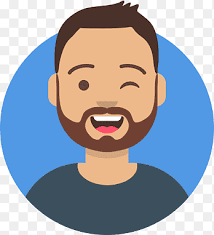




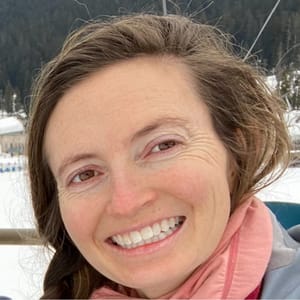

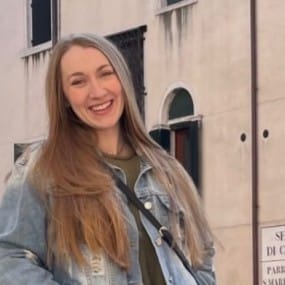
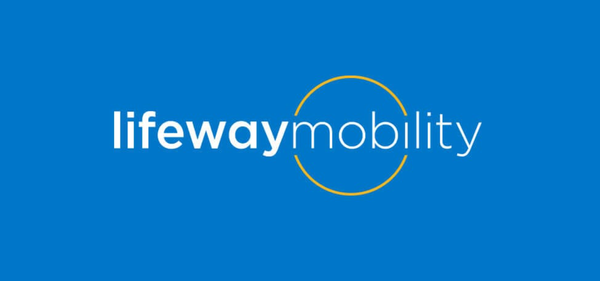


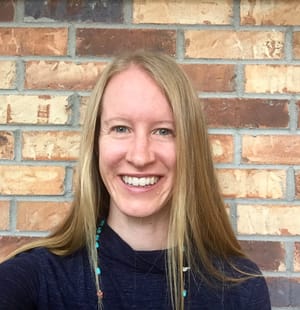

Member discussion